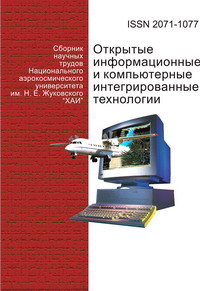Designing the set of flight experiments for exploration of critical flight conditions in case failure and damage of lifting and control aircraft components with a point of view of systems approach
Abstract
The features of design of flight tests for research of critical flight modes in case of failure and
damage of lifting and control aircraft units with the help of free-flying dynamically similar models
are analyzed; recommendations to reduce the time and costs of such tests are developed. The
performed analysis clearly demonstrated the methodological advantages of conducting experiments
in the free flight of the unmanned model. The absence of the risk of crew loss and the ability
to perform a relatively more strong model at the design stage allows us to determine the subcritical
and overcritical values of the investigated parameters in the first test launches. In general,
the convergence of the process of searching for critical values of the parameter with the required
accuracy is significantly increased. На основі системного аналізу досліджено особливості складання програм
льотних досліджень критичних режимів польоту при відмовах і пошкодженнях
конструкції літака за допомогою вільнолітаючих динамічно подібних моделей і розроблено рекомендації щодо скорочення термінів і витрат на їх проведення.
Виконаний аналіз наочно продемонстрував методичні переваги проведення
експериментів у вільному польоті безпілотної моделі. Відсутність ризику втрати
екіпажу і можливість на етапі проектування виконати модель відносно міцнішою
дозволяє у перших же випробувальних пусках визначити докритичні та закритичні
значення досліджуваних параметрів. В цілому збіжність процесу пошуку критичних
значень параметра з необхідною точністю значно збільшується.

